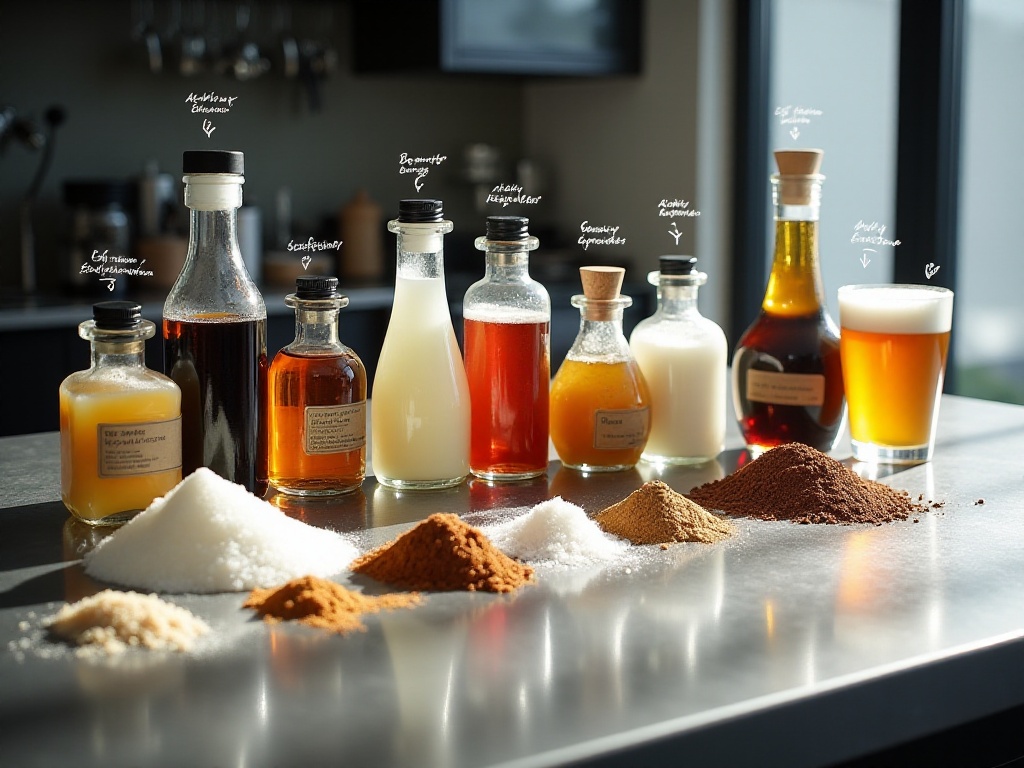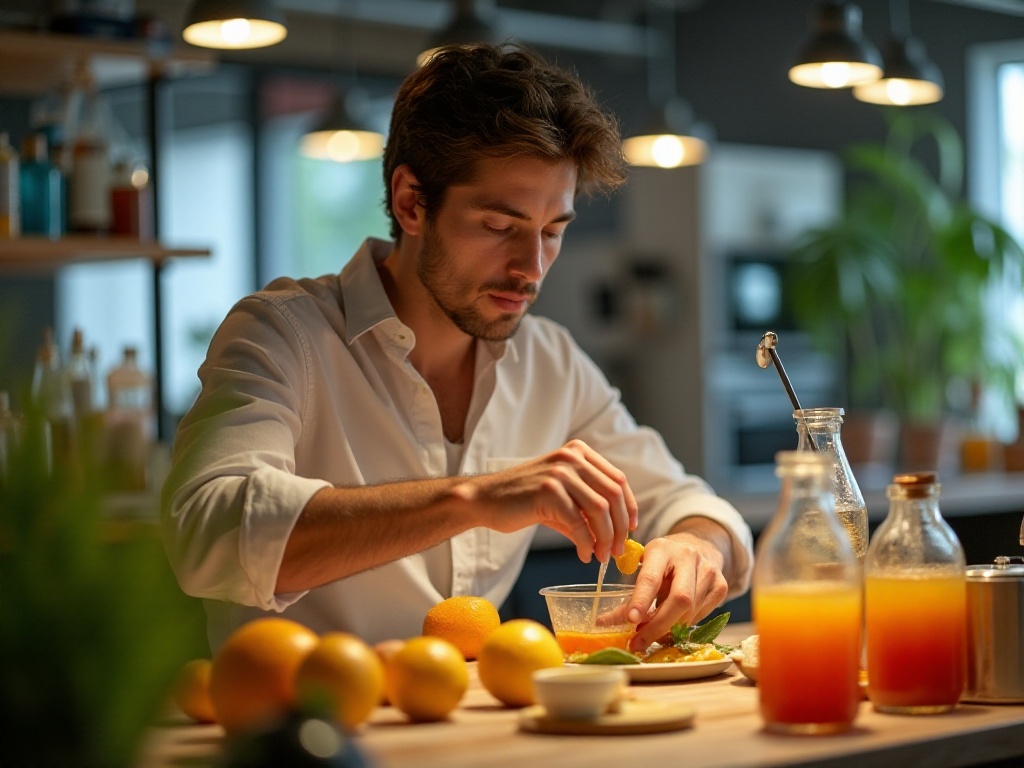
Introduction
Summer is here, and for us young people who love life, a good drink is an essential source of joy. As a hardcore beverage enthusiast, I often encounter this situation: on a hot day, after finally finding a bottle of chilled wine I like, I eagerly open it and add ice cubes to cool it down. However, before long, the melted ice dilutes the wine until it becomes tasteless. This experience is absolutely frustrating! But recently, I discovered an incredibly useful trick that keeps drinks cool without compromising their taste, and I must share this secret with everyone.

Frozen Grapes
Speaking of this trick, I have to mention my childhood memories. During summers, my mom would always carefully prepare a box of chilled grapes. That cool, crispy texture remains unforgettable to this day. Looking back now, this is absolutely a brilliant way to upgrade beverages! The process is actually very simple: first wash fresh grapes thoroughly, drain them, then put them directly in the freezer. Once they're completely frozen, they're ready to work their magic.
My favorite combination is putting frozen grapes in white wine. As the grapes slowly melt, they release their natural sweetness, perfectly blending with the wine's flavor. This experience is truly amazing - not only does the drink avoid dilution, but it develops increasingly rich layers of flavor over time. Each sip brings a different surprise - it's absolutely addictive!
This magical trick is actually widely applicable, not just for wine but for all kinds of beverages. Imagine adding a few crystal-clear frozen grapes to a refreshing glass of lemonade - it not only keeps the drink cold but also adds a subtle sweetness as the grapes melt. Even plain mineral water can be transformed into a premium beverage just by adding frozen grapes. The visual appeal is perfect too - watching those round, cute little grapes float up and down in the glass is truly a feast for the eyes.
I personally recommend green grapes because their sweet-sour balance is particularly suitable for freezing. Red grapes work too, though they might slightly color the drink. If you want to explore more interesting flavors, try different varieties like seedless grapes or Muscat grapes - each brings its own unique taste experience.
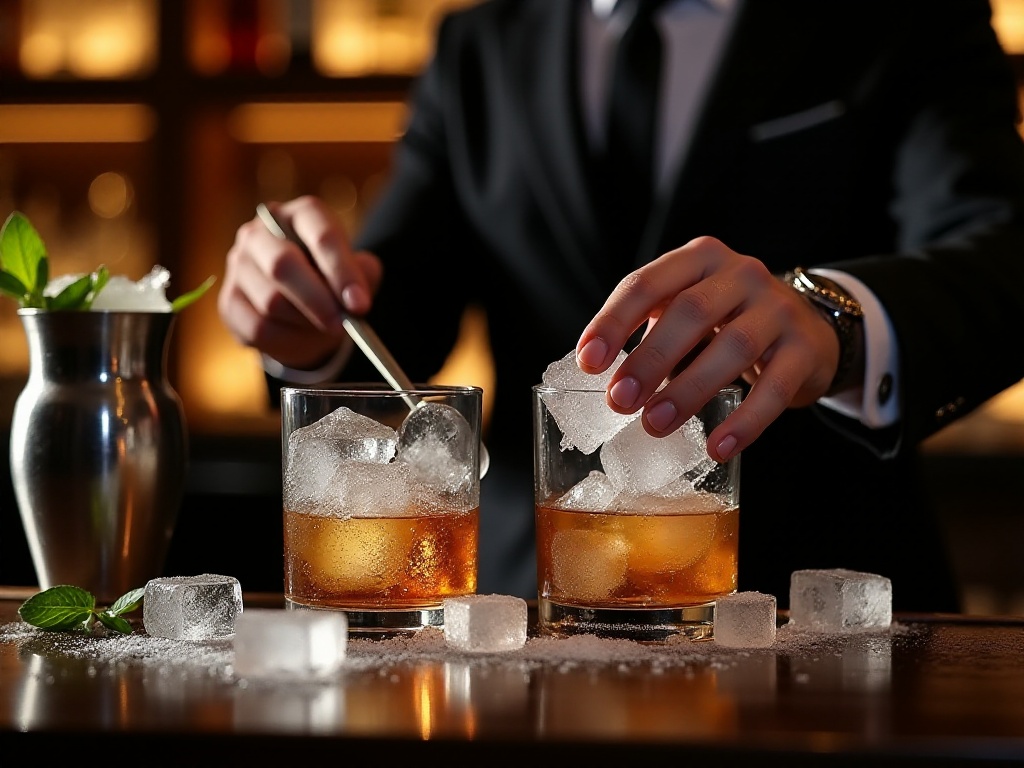
Creative Jam Ideas
Recently, I discovered another delightful creative idea that's perfect for extreme budget-conscious people. Many of us have experienced this: when we're almost finished with a jar of favorite jam, peanut butter, or Nutella, there's still a ring of sauce around the sides that we hate to waste. Every time I saw this situation, I felt it was such a waste - until I discovered this magical way to turn waste into treasure.
The process is super simple: just pour some cold milk directly into the almost-empty jar, tightly close the lid and shake vigorously, and voila - a creamy, smooth milkshake is born! The first time I tried this, I was absolutely amazed. It not only perfectly solves the waste problem but also creates a unique delicious treat. This method is truly addictive, and since then, every nearly empty sauce jar has become part of my milkshake ingredient collection.
Based on my multiple experiments, different sauces need different amounts of milk to achieve the best results. For instance, 200ml of cold milk is perfect for a Nutella jar - this creates a milkshake that's neither too thin nor too thick. Peanut butter, being thicker, only needs 180ml of milk to ensure the shake's richness. For jam jars, I recommend adding 220ml of milk and a few drops of fresh lemon juice for flavor balance.
If you want to pursue richer flavors, you can add extra ingredients according to your preference. For example, add a small spoon of honey to peanut butter shakes, or some mint leaves to jam shakes. These little touches can make your drink more distinctive. Temperature is also key - I recommend using refrigerated milk, which makes the final shake more refreshing and delicious.
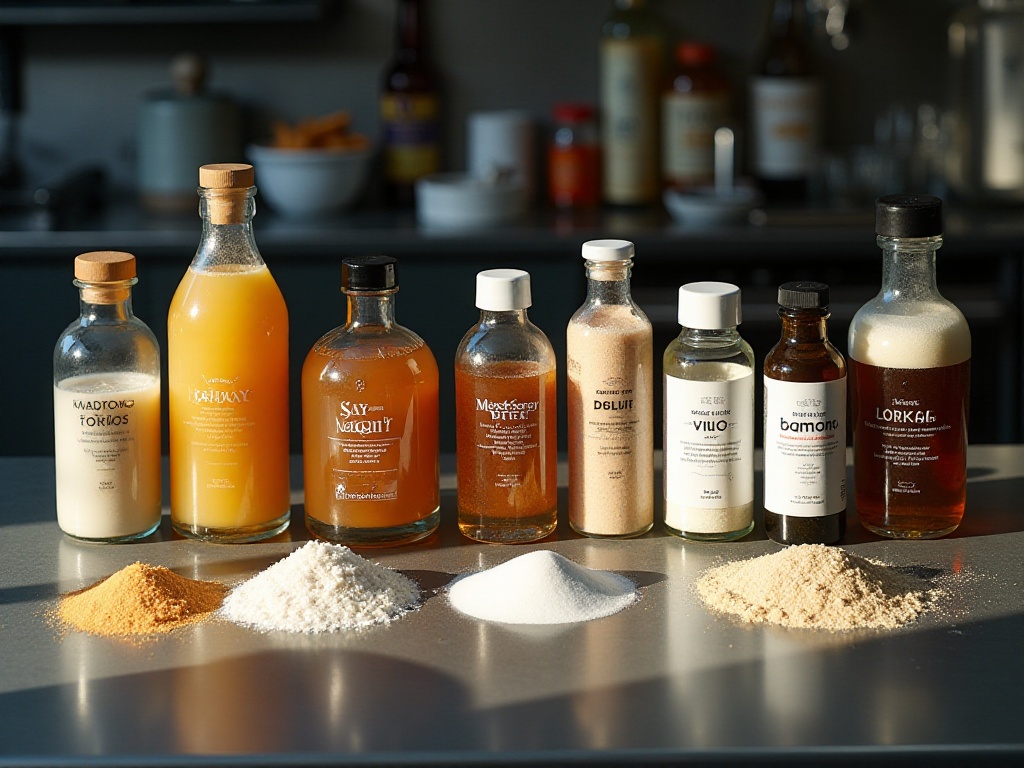
Ice Cube Art
When it comes to beverages, we can't ignore the important role of ice cubes. Many people might think ice is just ice, and freezing water is all there is to it. But actually, different shapes and sizes of ice cubes can create completely different flavors and experiences in drinks. After years of exploration, I've developed a complete theory of ice-making.
Let's start with large ice cubes. They're like the soul mate of whiskey - a match made in heaven. Why? Because large ice cubes melt relatively slowly, giving you plenty of time to slowly savor the changing layers of the liquor. I particularly recommend using professional ice molds to make 4-5cm square large cubes. This size of ice cube can last 40-50 minutes in whiskey before completely melting, allowing you to fully enjoy the entire drinking process.
There are tricks to making perfect large ice cubes. First, use mineral or purified water, as tap water might affect the taste. Second, freeze for at least 24 hours to ensure the cubes are solid enough. For more transparent ice cubes, boil the water first before freezing - this removes air bubbles and creates more crystal-clear ice.
Crushed ice is another fascinating world. It's perfect for cocktails, especially refreshing ones like mojitos and margaritas. Crushed ice melts quickly, rapidly cooling and appropriately diluting the alcohol, making the overall taste more refreshing and pleasant. Making crushed ice at home is actually simple - you can buy an inexpensive home ice crusher or use the most basic method: put ice cubes in a freezer bag and crush them with a rolling pin. Just be careful with the force - the ice is best crushed into rice-sized particles for optimal effect.
Nugget ice is my latest obsession. Its texture is similar to snow - soft and fine, perfect for summer special drinks. While professional nugget ice machines might be a bit luxurious for ordinary households, a home shaved ice machine can achieve decent results. I love using nugget ice for fruit tea - puree various fresh fruits, add tea, and top with a layer of soft nugget ice - it's the perfect summer beverage.
Speaking of ice-making tips, I want to share an interesting discovery: you can add edible flower petals or mint leaves to ice cubes, which not only adds visual appeal but also releases subtle fragrance as they melt. Just remember, any decorative elements must be edible, and it's best to choose vibrant colors for better visual effect.

Beverage Development
As a beverage enthusiast, I've been trying to develop a low-sugar fruit tea that appeals to modern young people. This process has been challenging but incredibly interesting. I believe the most important aspect of developing new beverages is having clear concepts and goals. Take my fruit tea for example - I want it to meet young people's demand for healthy drinks, with natural fruit sweetness, low calories, and outstanding taste.
During development, I found that the hardest part was finding the perfect balance. For instance, how to reduce sugar content while maintaining taste? How to make different fruit flavors coexist harmoniously? These issues required repeated experiments to solve. After trying dozens of formulas, I finally found a relatively satisfactory solution.
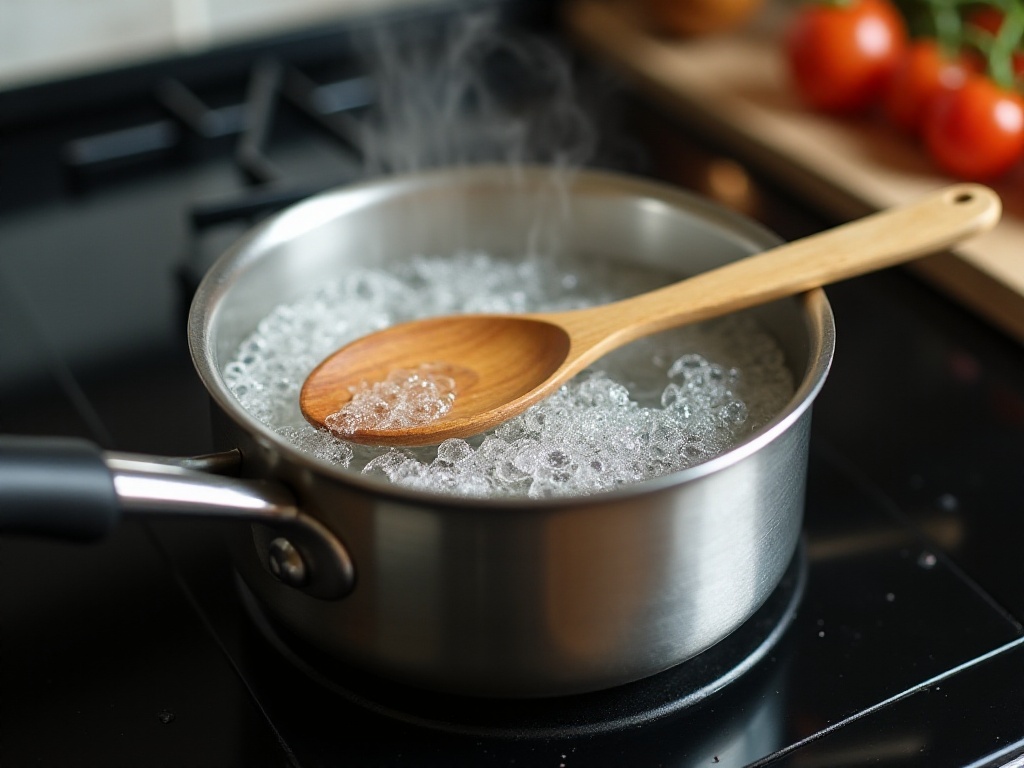
Ingredient Insights
When it comes to ingredients, there's a lot to learn. First is sweetness adjustment, which is absolutely the most challenging part. I've tried almost every natural sweetener on the market: from traditional honey to the popular monk fruit, to stevia, and so on. After countless experiments, I found that monk fruit extract combined with a small amount of honey is the ideal combination. The specific ratio is 0.8g monk fruit extract and 5ml honey per 100ml of finished product - this proportion maintains good sweetness without the strange taste of artificial sweeteners.
Acidity adjustment is also an art. Although food-grade citric acid is the most economical choice, I recommend using fresh lemon juice. While it costs more, the natural acidity and complexity are incomparable to citric acid. I suggest adding 3ml lemon juice per 100ml of beverage - this ratio achieves the best sweet-sour balance. However, note that lemon juice's acidity slightly changes with storage time, so it's best to squeeze fresh.
For fruit selection, I have a tip: try to choose seasonal fruits. They're not only more affordable but also taste better and are more nutritious. For example, use peaches and bayberries in summer, and citrus fruits in winter. Each fruit has its optimal use - some are better juiced, others are better sliced for steeping - all of this needs to be discovered through practice.

Path to Mass Production
When it comes to bringing your original beverage to market, there's a lot to consider. A friend of mine is trying to commercialize his handmade lemon tea, and this process has shown me many issues that entrepreneurs often overlook.
First is the standardization of raw materials. Take lemons for example - lemons from different regions and seasons can vary greatly in acidity. To maintain product consistency, you must establish strict raw material testing standards. I recommend using professional sugar meters and acid meters for quality control to ensure each batch maintains consistent taste.
Regarding production equipment selection, I want to share an observation: many entrepreneurs initially invest heavily in fully automated production lines, only to find severe excess capacity, creating significant financial pressure. You can actually start with small-scale semi-automatic equipment, like beginning with a daily production of 100-200 bottles, then gradually expanding as market response improves. This not only controls risk but also allows you to identify and solve problems during production.
Packaging design is also crucial. Today's young people really care about product aesthetics, and good packaging design can greatly enhance market competitiveness. However, packaging costs should be kept reasonable, preferably 15-20% of total costs.
Marketing strategy also needs careful consideration. Short video platforms are particularly popular now, and you can showcase product features through interesting content. For example, filming the production process, telling product stories, or having users share their experiences. Social media is particularly interactive, helping build brand image and obtain first-hand user feedback.
Conclusion
At this point, I guess you're probably eager to try making some unique beverages yourself? Actually, beverage mixing is like a creative art form that requires constant experimentation and improvement. I suggest starting with the simplest, like trying to upgrade your daily drinks with frozen grapes. Gradually, you'll find this process really interesting, with each attempt potentially bringing unexpected surprises.
Finally, I'd love to know if you have any unique beverage tricks? Or have you tried any interesting beverage combinations recently? Feel free to share your experiences in the comments. Next time, I plan to share how to make cafe-quality premium coffee at home, so remember to follow me!








